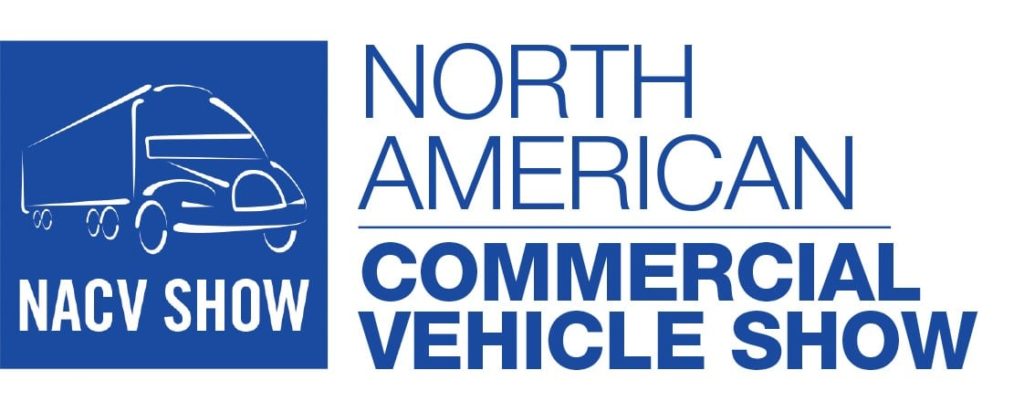The Green Future Has Big Oil’s Backing
BP’s action might be a pivotal moment where the green revolution stops being something, we are all dragged into and starts being an opportunity for the most responsive and agile innovators to rebrand themselves and capture new markets.

For many people, the moment when COVID-19 became real was when the NBA announced the cancellation of the rest of its season. I was sitting at the counter of the coffee shop in the lobby of my Las Vegas hotel at CON-EXPO. My colleagues and I had been talking for a couple days about the odds of catching the virus at the show, but we all had made the decision that we would be ok attending.
And then we saw that announcement. By the end of the day, we had all decided to go home as soon as possible, and the show had announced it was ending a day early. As a 26-year-old who just caught the tail end of the millennial generation, there haven’t been a lot of things in my memory where I can look back and say, in the moment, it felt like things were different now. I was too young to remember 9/11, and I wasn’t politically engaged enough to understand what the first African-American president meant historically. But this morning as I was catching up on the news and thinking about the subject of this article, I read that BP had made an announcement about a major environmental initiative, and as I read it, I had a feeling like at that coffee bar in Las Vegas.






